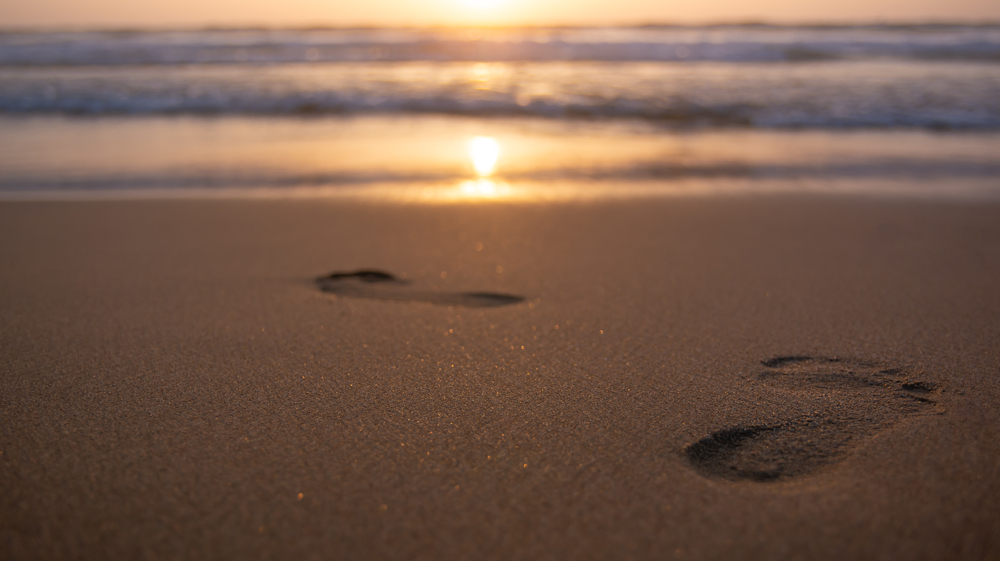Summer months are often a period when you may easily increase your activity level by stepping outside more and attempting new sports like hiking, swimming, and cycling. However, when the temperature rises, severe heat can provide its own set of problems, especially if you’re attempting to boost your step count.
Here are some suggestions to help you stick to your walking program throughout the warmest months of the year:
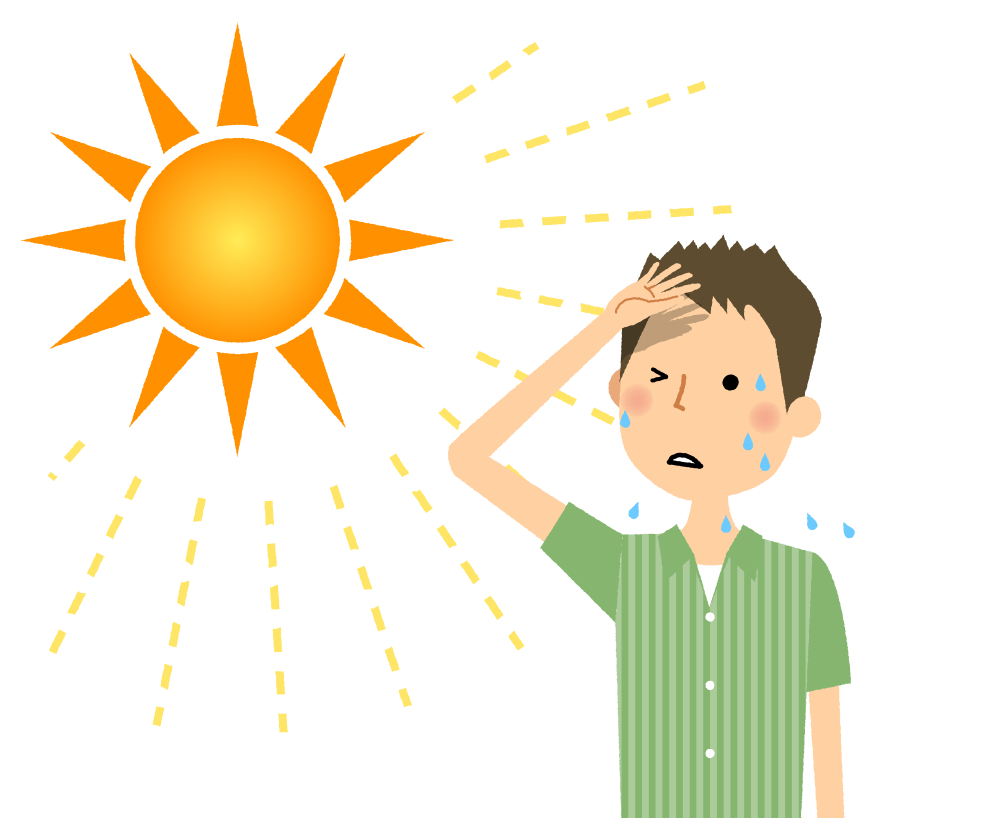
INVEST IN THE RIGHT GEAR
Cotton T-shirts and spandex leggings are not suitable for hot weather since they retain heat and perspiration. Instead, invest in light-colored shirts, tank tops, and shorts made of moisture-wicking materials designed for exercising in hot conditions. These products keep your skin dry, cool you down, and make you feel more comfortable. Wearing a lightweight hat and sunglasses to protect your face and eyes from the sun is also a good idea.
WALK EARLY OR LATE
While a late-morning or lunchtime stroll is ideal in the spring and fall, the sun’s UV index is maximum between 11:30 a.m. and 1:30 p.m. during the summer. When you factor in the rising temperatures at this time of day, it’s clear to see why early morning and late-evening hours are preferable times to exercise. Getting your activity in early thing in the morning also reduces the likelihood that you may skip your stroll entirely.
Furthermore, exercising early in the day might assist improve your metabolism, whilst going for a stroll in the evening can help with digestion. If you want to go for an evening stroll, aim to go around 8 p.m., when the sun is starting to set.
SPLIT UP YOUR WORKOUTS
If you enjoy long-distance walking, putting in all of your kilometres at once during the summer might be difficult, especially if you aren’t an early riser. Instead of enduring a two-hour walk in severe heat, try splitting the distance in half and walking half in the morning and half in the evening.
Alternatively, you may perform your workout in two sessions, starting outside and concluding on the treadmill.
LOOK FOR SHADE
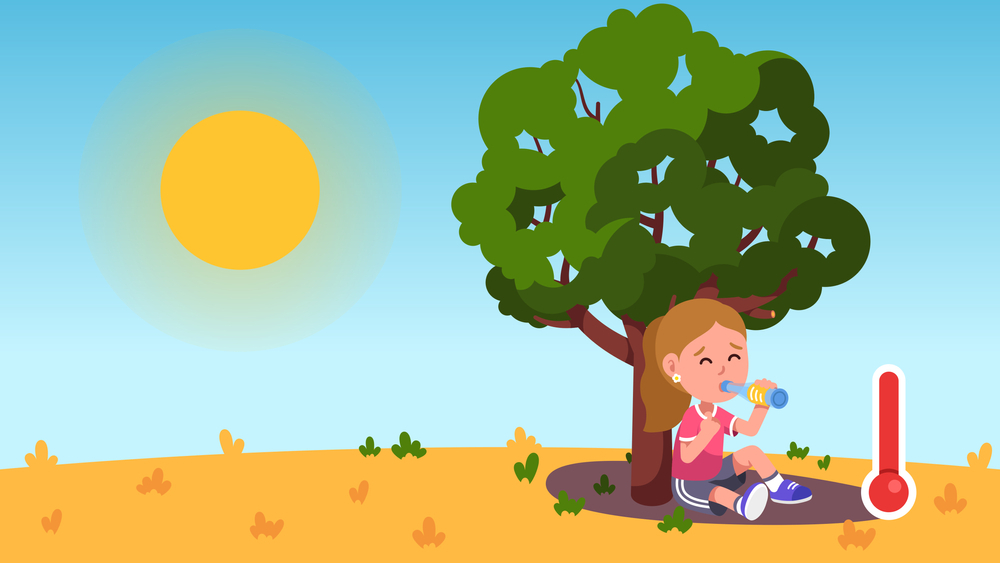
Because not every neighbourhood is shaded, it’s always a good idea to wear brighter colours and use a high-SPF sunscreen in the summer. While you may have to drive there, try to remain cool by going to a trail or multi-use route that is not in direct sunshine. If you can avoid the asphalt (which absorbs and retains heat), that’s even better. Walking in hilly terrain also burns more calories, so you won’t have to walk as far to achieve the same weight-loss advantages as you would on flat ground. You can always listen to an excellent audiobook while working out on a treadmill.
TAKE HYDRATION SERIOUSLY
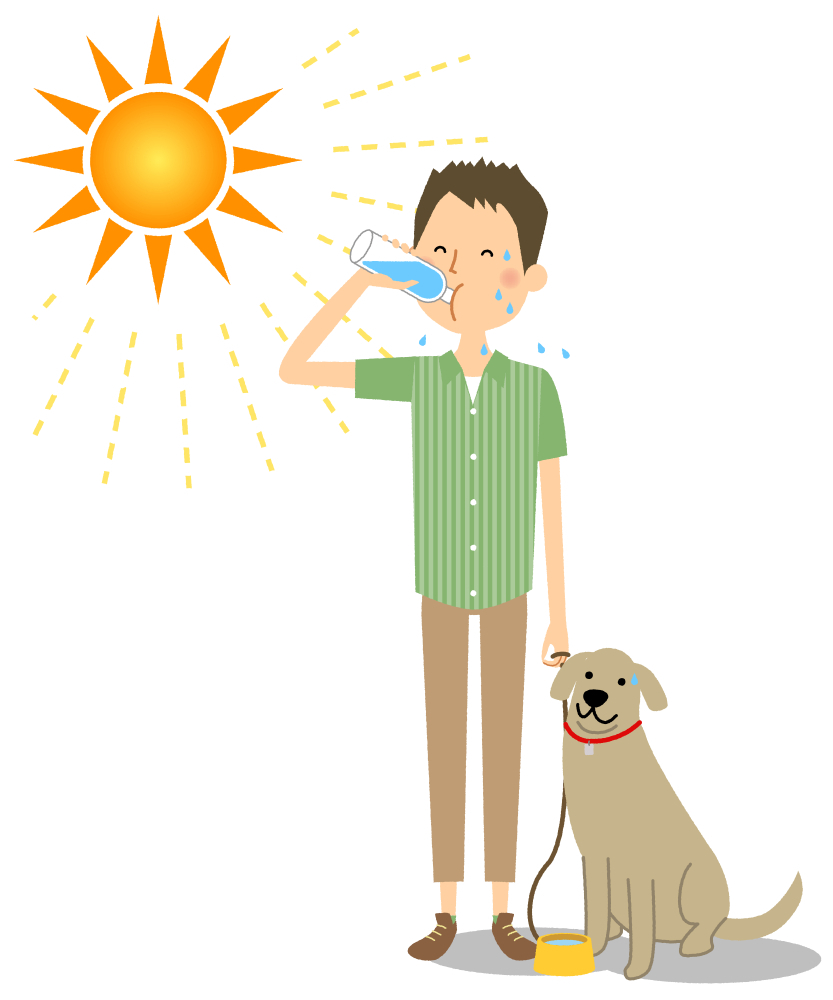
Anyone wanting to walk for more than 30 minutes at a time in hot weather should have a water bottle or hydration pack. Staying hydrated throughout the day, as well as during exercise, benefits your general health, performance, and weight-loss objectives. It’s also good to drink a hydration beverage that contains electrolytes, which are vital elements that are lost through perspiration.
CONSIDER REDUCING YOUR CAFFEINE CONSUMPTION.
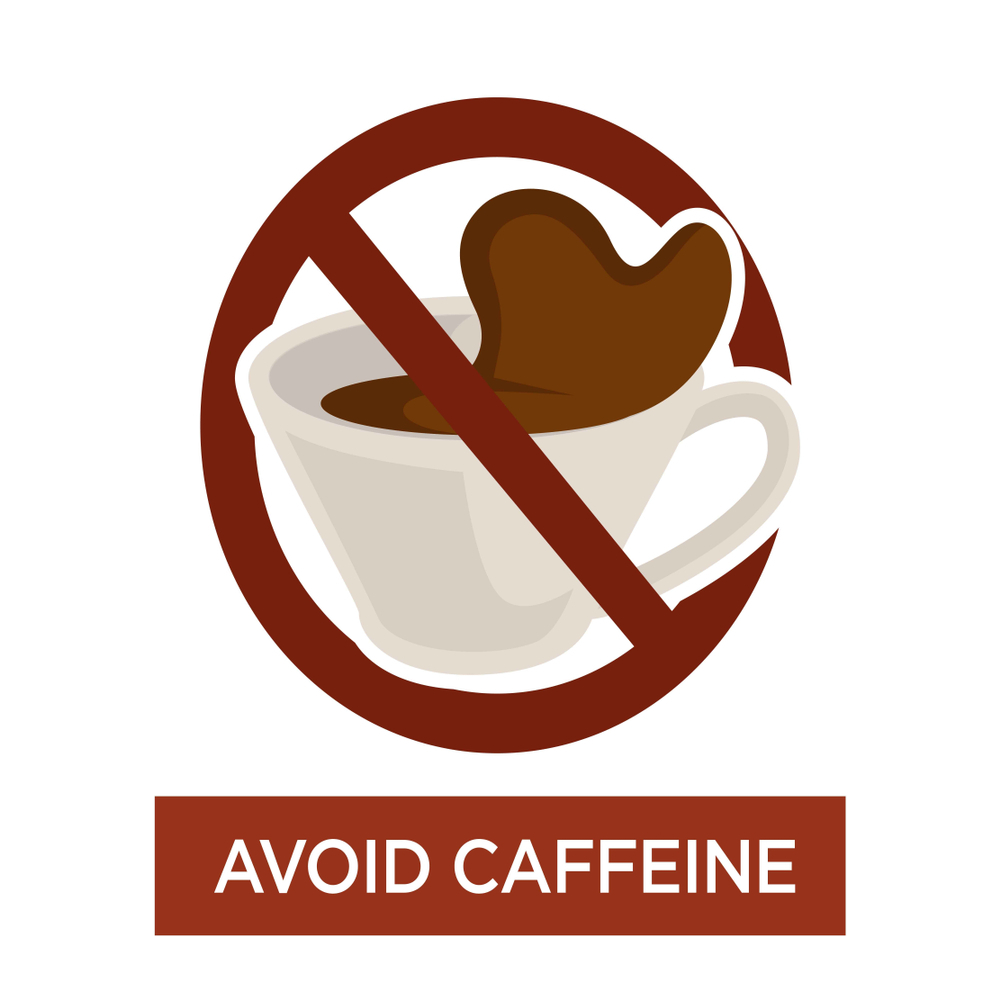
While caffeine in moderate doses may be safe, it can potentially have a diuretic impact. Caffeine should be avoided before an exercise if you have cardiovascular risk factors like high blood pressure or high cholesterol. Some studies suggest it may raise the risk of blood clots.
EXAMINE THE COLOR OF YOUR URINE
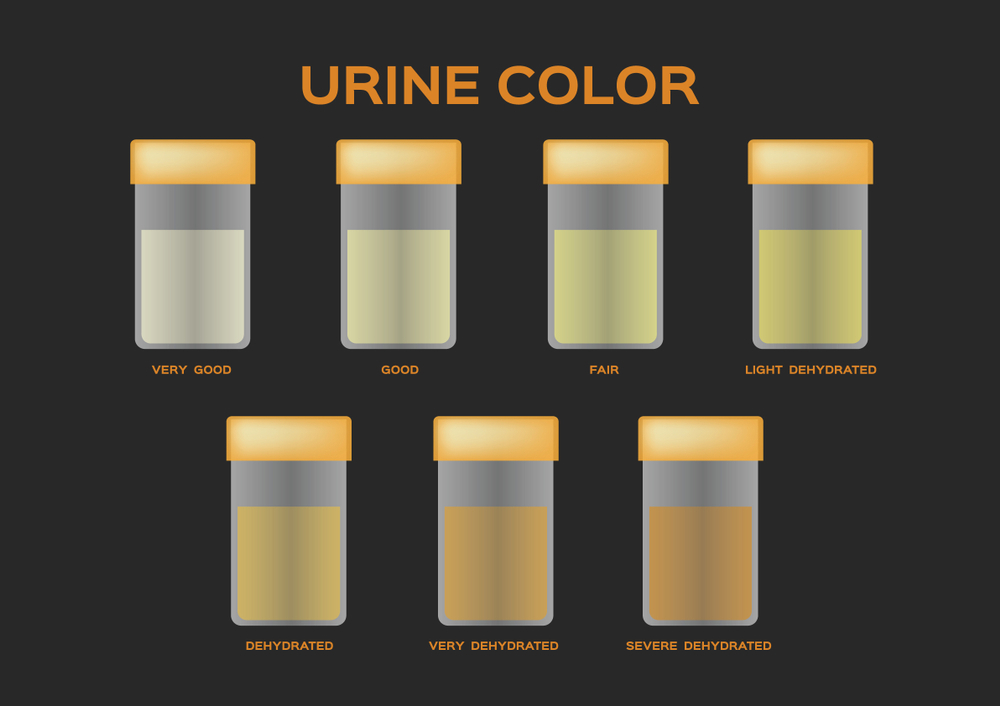
You should keep monitoring the color of your urine. It is the best method to detect if you’re properly hydrated. This is useful not only after an exercise but also in the days leading up to particularly strenuous exertion. Urine that is murky or deeper in color indicates that :
You need to increase your hydration efforts, whereas lighter, pale urine indicates that your hydration levels are adequate.
KEEP CHECKING YOUR WEIGHT
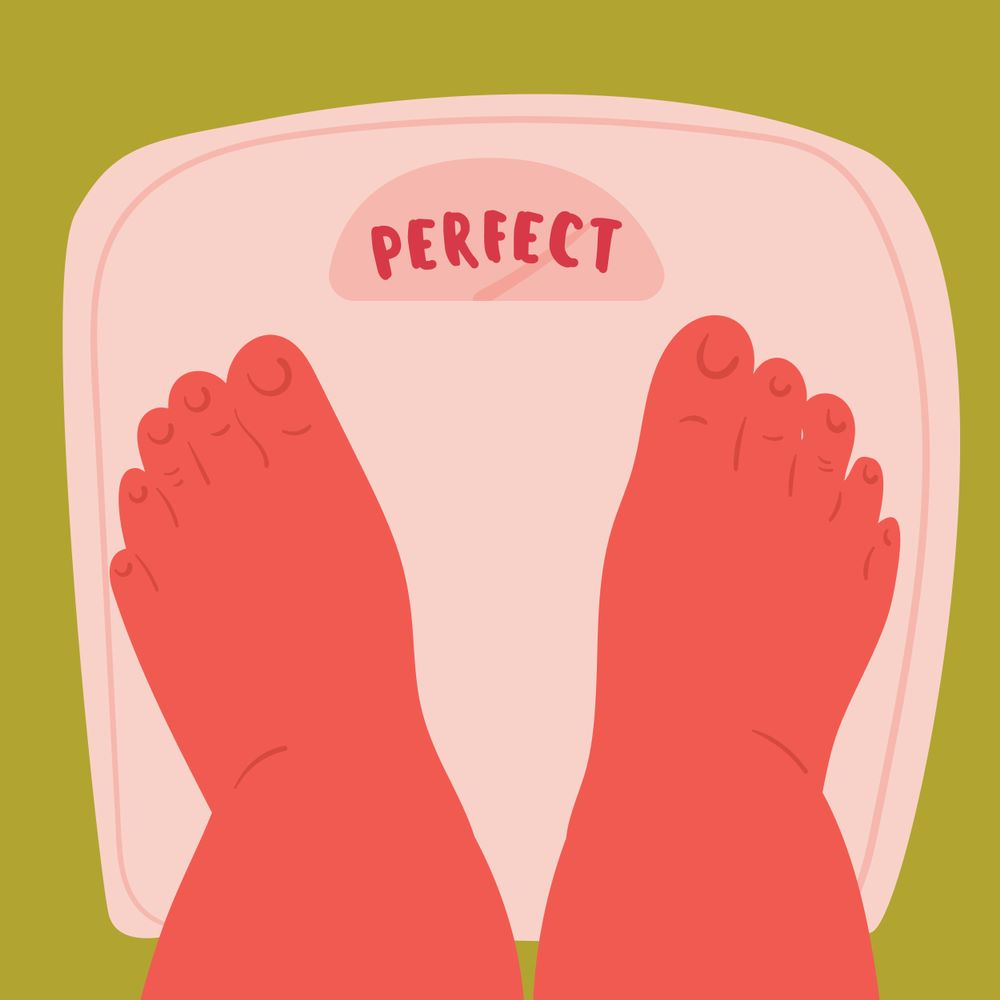
Weighing yourself before and after your workout is a fast technique to assess your hydration levels. Every pound you’ve dropped is about equivalent to 16 ounces of liquids. Drink this plus an extra 6–8 ounces. This will make sure you’re sufficiently hydrated. A few pounds of weight loss is typical after a lengthy workout, but if you’re experiencing dramatic reductions, you’re probably not drinking enough throughout your activity and need to carry extra water.
THINK ABOUT AN ALTERNATIVE REHYDRATION BEVERAGE.
A sports drink may be necessary for extremely hot conditions and for workouts lasting more than an hour. This will help to replace electrolytes and salt. Just make sure it isn’t processed or from concentrate, as these might be higher in sugar and artificial sweeteners. Coconut water is a natural alternative that may help you hydrate while also delivering electrolytes. You may also try chocolate milk, which contains an excellent combination of carbs and protein to aid with muscle recovery. Along with this it also helps delivering vitamins A and D, calcium, and magnesium.
PLAN FOR LONGER WALKS
If you’re going to be walking for more than an hour, prepare ahead by planning a route that allows you to replenish your water bottle at a water fountain. Another approach is to drive the route ahead of time and leave an extra water bottle or two at strategic points so you don’t have to carry additional weight.
Also Read : 8 Common Walking Mistakes That Reduce Your Calorie Burn – V Cure (vcurehealthcare.com)

